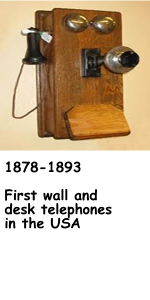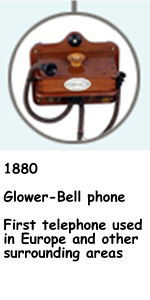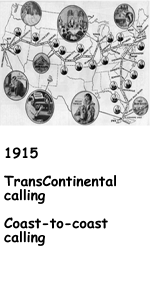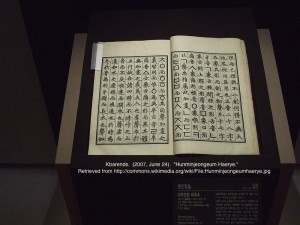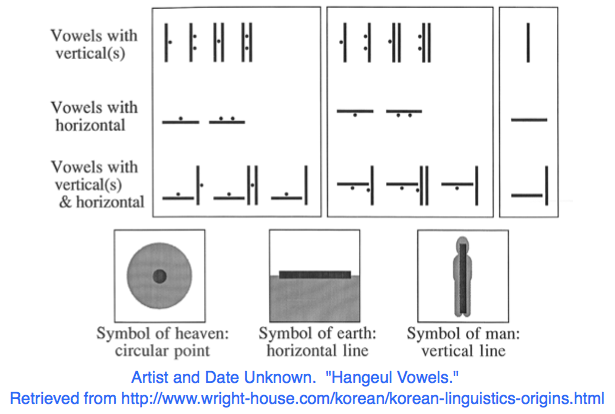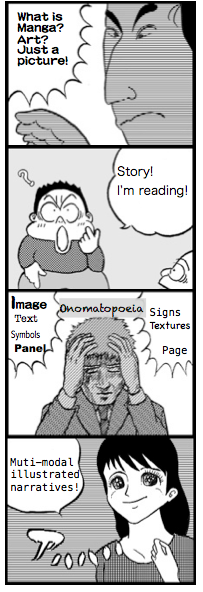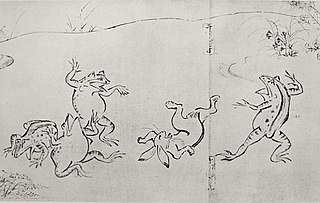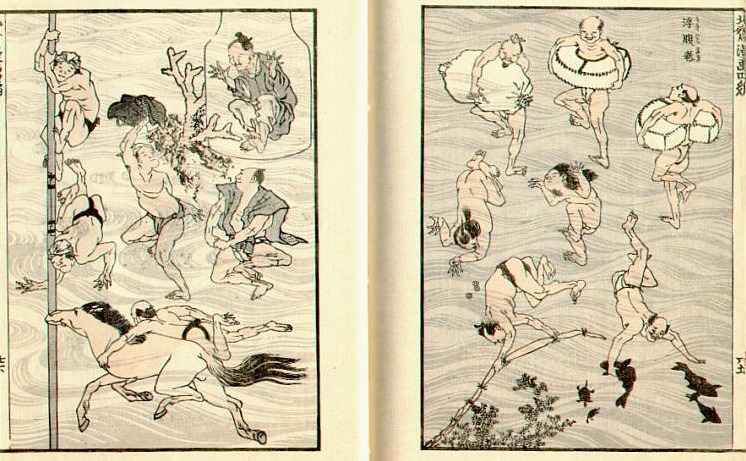The Effect the Telephone Had on Literacy and Society
By Danielle Chrisman
Context
Although there is debate about who actually invented the telephone, it is often credited to Alexander Graham Bell, as he was the first one to patent the telephone in 1876 (Wikipedia, 2013). I believe that few would argue the importance of this invention, and how much it has shaped communication and literacy within society since then.
With the invention of the telephone, society has moved to a state of ‘secondary orality’ (Ong, 1982). Much like primary orality, it creates a sense of community and bringing people into the moment (Ong, 1982). Speech by design is used to share ideas and thoughts with others, so this secondary orality is designed to bring us closer, and create a more communal feel. More than that, it has also helped to shape the language we use and how we communicate with each other.
Communal Experience
The word telephone is derived from Greek and means “far off voice” (Free Dictionary, 2013). By its very etymology, the telephone is a device to connect us with someone who is at a great distance to us. The very design of the device and the word is to bring groups of people together.
When the telephone was first invented, there were operators who ran the switchboard. This means that if you wanted to talk to another individual, you also had to talk to the operator first. Previously you would send a letter to someone, and talk to no one. Now, you had the ability to talk to someone on the other side of the country, and rather than just talk to one person, you would talk to two. This ability, and this forced conversation, would create an increased sense of community, as you could now discuss everyday occurrences on the very day, rather than write a letter and wait for a week for the letter to arrive, and wait for a response.
Another example of how the telephone increased a sense of community is the party line. When the telephone was first invented, it was very expensive to set up phone lines to every single residence. To save money, they would have a party line, where several houses would share the same phone line between them, and operators would need to distinguish between whom the phone call was for by using distinct rings for all houses on the line. There were privacy issues with this setup. If someone was on the phone, and another house picked up, you could listen to the conversation. This could be a significant issue if having a conversation about a sensitive topic.
It could also create a communal feel since anything one person said could be overheard by another. This would cause individuals to be careful about what they said, or it would be possible to have group conversations. It would also involve people working together as a community, since if one person was on the phone for an extended period of time, it would tie up the line so other people could not use it.
Literacy Effects of the Telephone
Written works tend to create a more self-reflective piece over oral conversations (Ong, 1982). Writing would often strengthen intrapersonal skills rather than interpersonal skills. The telephone is beginning to swing the pendulum back towards a more oral society, and less focus on the written word.
With the invention of the telephone comes a flip back to what we had seen previously; a stronger communal feel to society. Writing allowed us a place to store our thoughts and ideas which we could share with others if we chose to. Verbal communication only works if someone is talking, and another person is listening. Orality is by its very nature a way of sharing your thoughts with others, whereas writing allows the option between sharing your ideas and storing them for your own personal use. Orality stresses group learning, cooperation, and a sense of social responsibility (Postman, 1992).
I believe that second orality has greatly changed literacy in individuals. Originally people started as an oral society, and as technology increased, people moved towards a more literary society. As the switch comes back to second orality, I think people are becoming more casual in their communications and language choices.
When an individual would communicate with another by writing them a letter, there is a record of everything that is being said. When a person is creating a permanent record, there is more thought put into what is being written, since at any point someone can reflect on the words. When oral communication is occurring, there is less caution when discussing events, as once those words have reached the ears of the listener, there is no more record other than memories.
When there is a conversation between two individuals, the language and word choices tend to be more casual than a formal written exchange. The linguistic choices that we make are reflective of the situation. The way we would talk to a friend or family member is different than the way we would talk to a boss or work colleague. As orality has taken greater hold of society, the word choices that we use tend to be more causal, and in turn, also affects the formality of the written words we choose. As our conversations become more casual, so do our written words.
Educational Changes
The educational world changed greatly with the written world. Schools are based on recorded knowledge and learning what has been written in textbooks. With the creation of second orality, the way students learn and relate to each other changes. Rather than simply reading and writing being the focus in education, there is a change in pedagogy for more discussion, and sharing of ideas.
No longer did an individual need to be able to read and write in order to get information. If someone needed to know a piece of information, they could now pick up a phone to get that information. If someone wanted to know what the weather was, there was a phone number they could call to find out. Educational systems needed to adapt how they taught to meet the new technology.
The written word did not die out in the school system. There was still significant emphasis put on reading and writing, but teachers recognized that society was becoming more oral, and I believe used school as a way to keep some formality in language. There were still textbooks used in school, and still written reports that needed to be handed in. These were the more formal methods of evaluation over a presentation. This is why often the written word is still more formal than a casual conversation, even if written works are still more casual than previously.
Changes in Society
In the past when ideas were shared between individuals, if there was a distance between them, it would take a significant amount of time to correspond. Now there was a more efficient way to share ideas and collaborate. Working with another individual became far easier, and allowed for newer ideas and inventions to be created.
With second orality, the thought process of the individual also has become more self-reflective (Ong, 1982). Because people spent so much time where the written word was so important, people will often think more before they speak. We are reflective in the words that we say, and in the reasons we do things. If I were to pick up the phone to call someone to surprise them, it would be more a reflection of the fact that I know surprising people is a good thing, and I should do it, rather than I just picked up the phone to surprise someone (Ong, 1982).
With this self-reflection, one would think that our speech patterns would still reflect the formality of the written word, rather than become more casual. Rather, the self-reflective nature holds us to societal norms. As previously mentioned, the second orality has brought us together as a community, and the self-reflective nature prevents us from saying things that would hurt another member. Technology, and in this case the telephone, “changes social and individual relationships” (Franklin, 1999, pg 2). That is, the telephone has changed the language that we use, and created stronger relationships with each other. The fact that we are more conscious of the words we choose, and are able to keep in communication with more ease, has changed how people interact with each other.
The invention of the telephone also meant that people could share events at a quicker rate. Rather than waiting for news to be shared by a newspaper, or a written letter, news could be shared almost instantaneously. This would depend on people picking up the phone and sharing information, but I believe has led to the fast paced world that we live in today. Slowly as society got used to this new speed to which they can obtain information, they became more used to being able to get information at the touch of a few buttons, and expected the rest of their lives to start to reflect this, leading to new and improved inventions to make their lives easier and quicker.
The continual choice for people to use the telephone also says something about the change in how society communicates. As Kress discusses, when there are multiple choices in how you can share information, the choices that you make in how you share the information say something about the person making the decision, the person receiving the information, and the information itself (Kress, 2004). The fact that the telephone started growing so rapidly in popularity tells me that society was valuing the written word less, and ready to move towards a more communal feel and rapid information attainment.
This pattern does not always hold true. As time progresses on, we continue to become more casual in our language usage with each other, and I feel we also become less self-reflective. That progression leads us to the time that computers were invented and I feel we started to move back towards a written society, albeit a more casual written society than last time. I believe that the informality that we start to see with the telephone, led up to the invention of a written device that does allow for more informal dialogue to occur.
Conclusion
I believe that the invention of the telephone and the move to second orality has been an important part of literacy in society. The telephone has greatly changed not only how individuals communicate with each other, but the words and the language we use. It has created a more informal way of conversing, but also created opportunity for more conversation to occur. With the new ease of communication, it encourages us to talk more to each other, bringing us together as a global community.
The invention of the telephone has also changed how society looks at themselves, each other, and the world. Although much of our conversation is more informal, it is more self-reflective and considerate than our primary orality. It has also made us view each other in a more positive light as we brought together with the ability to communicate quickly and over vast distances with each other. And globally, it has changed our expectations of receiving information at a quicker pace. This need for instant gratification is what led to further inventions such as radios, television, and computers.
References
Franklin, U. (1999). The Real World of Technology. Toronto: House Anansi Press.
Kress, G. (2004). Reading Images: Multimodality, Representation and New Media. Information Design Journal, Volume 12, Number 2. pp. 110-119 (10).
Ong, Walter (1982). Orality and Literacy: The Technologizing of the Word. London: Methuen
Postman, Neil (1992). Technopoly: The Surrender of Culture to Technology. New York: Vintage Books.
Telephone (n.d.) In The Free Dictionary online. Retrieved from: http://www.thefreedictionary.com/telephone
Wikipedia (n.d.). Retrieved October 20, 2013 from the History of Telephone Wiki: http://en.wikipedia.org/wiki/History_of_the_telephone
Wikipedia (n.d.). Retrieved October 20, 2013 from the Party Line Wiki: http://en.wikipedia.org/wiki/Party_line_%28telephony%29



